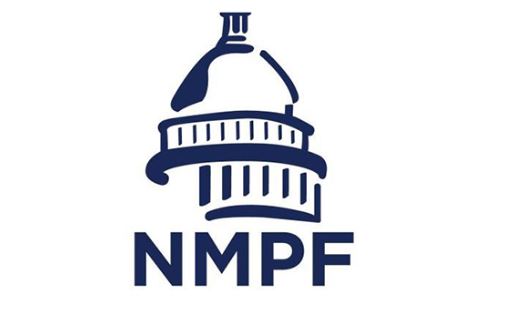
On this edition of the National Milk Producers Federation’ CEO’S Corner, Gregg Doud, President and CEO of NMPF, writes about the Federal Milk Marketing Order (FMMO). Read Below:
The long, patience-testing — and absolutely necessary – Federal Milk Marketing Order hearing is nearly over.
The longest-ever USDA federal order hearing ended last Tuesday, after roughly 12,000 pages of testimony and nearly two dozen separate proposals considered. Through it all, NMPF’s impressive unity never faltered – our plan remains the most comprehensive, coherent, and compelling plan for modernization of a system that’s showing its creaks after a generation.
Now, the next phase of the arduous process of amending federal orders begins, as USDA begins considering the hearing record and hearing participants have 60 days to elaborate and defend their positions. USDA, of course, will have the final say in crafting its own proposal, but we’re confident our plan will remain the basis of progress, and we look forward to adding information and reinforcing our own arguments in the weeks to come. It’s critical to keep in mind that any plan designed to have national support needs to address diverse interests. That’s why our comprehensive plan covers areas ranging from the Class I price surface and make allowances to component pricing formulas and forward contracting.
One area that’s so important that we’re seeking resolution in the quickest manner possible is the Class I mover, which sorely needs to go back to the “higher-of” formula that served farmers well before the current “average of” approach took effect in 2019.
Processor interests aggressively pushed for the change to the mover in the 2018 Farm Bill. At the time, the adjustment seemed reasonable for farmers too, based on data going back to 2000. However, the lessons of the COVID-19 pandemic, and the current prolonged spread between the Class III and Class IV prices, have shown how poorly the current mover works for farmers in today’s agricultural environment. Milk producer losses are growing, with the amount of money taken from their milk checks soon to surpass $1.2 billion by April – all because of a system that now limits risks for processors while putting potentially unlimited losses on farmer backs.
This is unacceptable, a reality the hearing only made more obvious. While processors continually talked about how important the current mover is for their risk management strategies, no one in months of testimony ever presented definitive proof that such risk management is occurring at any meaningful level. Meanwhile, the processors continue to rake in dollars that would have gone to farmers – and will keep raking it in, by the way, until the mover is changed, a potentially huge financial incentive to work against positive changes for dairy farmers.
Knowing that the current mover isn’t defensible, these groups have suggested a modification to the current approach that’s largely based on a proposal that NMPF developed in 2021 under dire straits, but processors rejected. Their plan would adjust the mover in a backward-looking fashion that would allow farmers to recoup losses years after the fact. That reduces losses over the long term, but it’s cold comfort to farmers whose operations are struggling to live month-to-month and don’t have two years to be made right again. Moreover, it’s now clear that the losses farmers suffered in 2020 were not a one-off fluke.
And thus, given the current difficult times on dairy farms, we’re now pushing hard for the return to the higher-of. It responds quickly to the marketplace, it helps farmer cash flow, it’s simple to understand, and it would have no real impact on processors who are using the formula to boost their immediate balance sheets, not manage future risk as they claim.
Dating to NMPF’s first internal discussion, our path toward FMMO modernization is now nearly three years old. This final year, which, should all required timelines be met, would result in a producer vote roughly one year from now, is the most critical. It’s when, after all the research and talking, USDA will propose a new approach – and farmers will decide. These decisions are likely to shape the future of dairy for the next generation. We are excited to continue our leadership in this critical area, and will, as always, fight for the best approaches to ensure that dairy farms prosper.


















